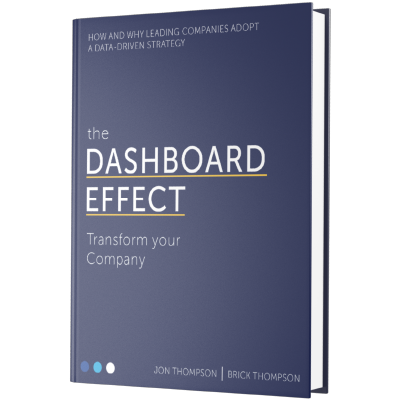From chatbots that hold a conversation to algorithms that generate entire marketing campaigns, AI promises to transform how companies operate. But here’s the catch: while the tools are evolving at breakneck speed, the ability to use them effectively isn’t keeping pace.
The problem isn’t the tech.
It’s the data.
The AI Boom and the Backlash
Over the past few years, businesses have scrambled to pilot generative AI tools, eager to stay ahead of the curve. But many of those pilots are quietly fizzling out. In fact, nearly half of companies that started GenAI initiatives in the past year have already abandoned them, because they haven’t created any meaningful ROI.
This isn’t because AI doesn’t work. It’s because most organizations aren’t ready for it.
The Data Bottleneck
The truth is, AI is only as good as the data it’s fed. And for most companies, data is a mess. It’s scattered across systems, locked in silos, outdated, or flat-out unusable. Imagine trying to cook a gourmet meal with a fridge full of unlabeled leftovers. That’s what most AI systems are working with today.
If data is trapped in PDFs, buried in emails, or dispersed across numerous legacy platforms, no amount of AI will deliver meaningful results. Beyond considering specific AI tools & platforms, companies need an enablement strategy for making data accessible, structured, and organized.
Building a Foundation for AI
Creating value with AI doesn’t start with a model. It starts with architecture. At the core of that architecture are three key ingredients:
1. Centralized Data Storage
Rather than maintaining data silos across multiple systems, a modern data platform consolidates everything (structured and unstructured data) into a unified platform. Nowadays, this unified platform is oftentimes a data lakehouse, which is cost-effective, scalable, and supports everything from automated business intelligence to AI workflows. The lakehouse becomes the single source of truth for your organization, and eliminates the headaches of manually pulling data, reconciling inconsistencies, and merging datasets.
2. A Semantic Layer
Centralizing data is critical, but it’s only the first step. Many companies succeed in centralizing data, but fail to organize and provide meaning to it. Raw data isn’t useful until it’s been given business context. A semantic layer serves to label datasets and metrics, creating a business-friendly translation layer that’s aligned with how companies define key metrics (e.g., revenue, churn, utilization). This makes it possible for AI systems (and humans) to locate and interpret data accurately and consistently.
3. AI-Ready Outputs
Once your data is centralized and contextualized, you can start layering on AI, whether that’s automating internal processes, building customer-facing tools, or empowering teams with natural language data exploration. Whatever the use case may be, the outputs will be more actionable and trustworthy because the data platform is providing curated, interpretable datasets.
Real-World Value: What This Looks Like in Practice
Consider a manufacturer processing 50,000 customer orders each year, many arriving as PDFs or free form emails.
By using large language models to extract product details from those messages, then referencing in-stock inventory through data captured in their data lakehouse, the company is able to almost instantaneously confirm orders and save thousands of hours in manual order processing – unlocking significant cost savings.
It’s not flashy, but it drives a smoother ordering process (increasing customer satisfaction & retention), while also preventing the need to add headcount to manage increasing orders.
That’s the reality of successful AI today: quiet, targeted wins that are enabled by centralized, organized data.
AI as a Partner, Not a Panacea
There’s a temptation to regard AI as a silver bullet. But it’s more productive to treat AI as a precision tool – one that can automate certain processes, and thoughtfully augment what employees are doing. In many cases, the challenge isn’t the tech, but in evaluating the processes across the value chain to understand where AI will, and will not, create tangible value.
While AI can automate tedious and inefficient processes, it can also meaningfully augment what employees are working on. Whatever the application of AI may be, it will only return trustworthy outputs if it’s running on a data foundation you trust.
The Bottom Line
If your AI initiative is stalling or if you’re just getting started, the smartest investment you can make isn’t in more models.
It’s in preparing your data.
When your data is clean, connected, and contextualized, AI stops being a buzzword. It becomes a real competitive advantage.
Need help preparing your data for AI? We can help. Learn more about what we do →


